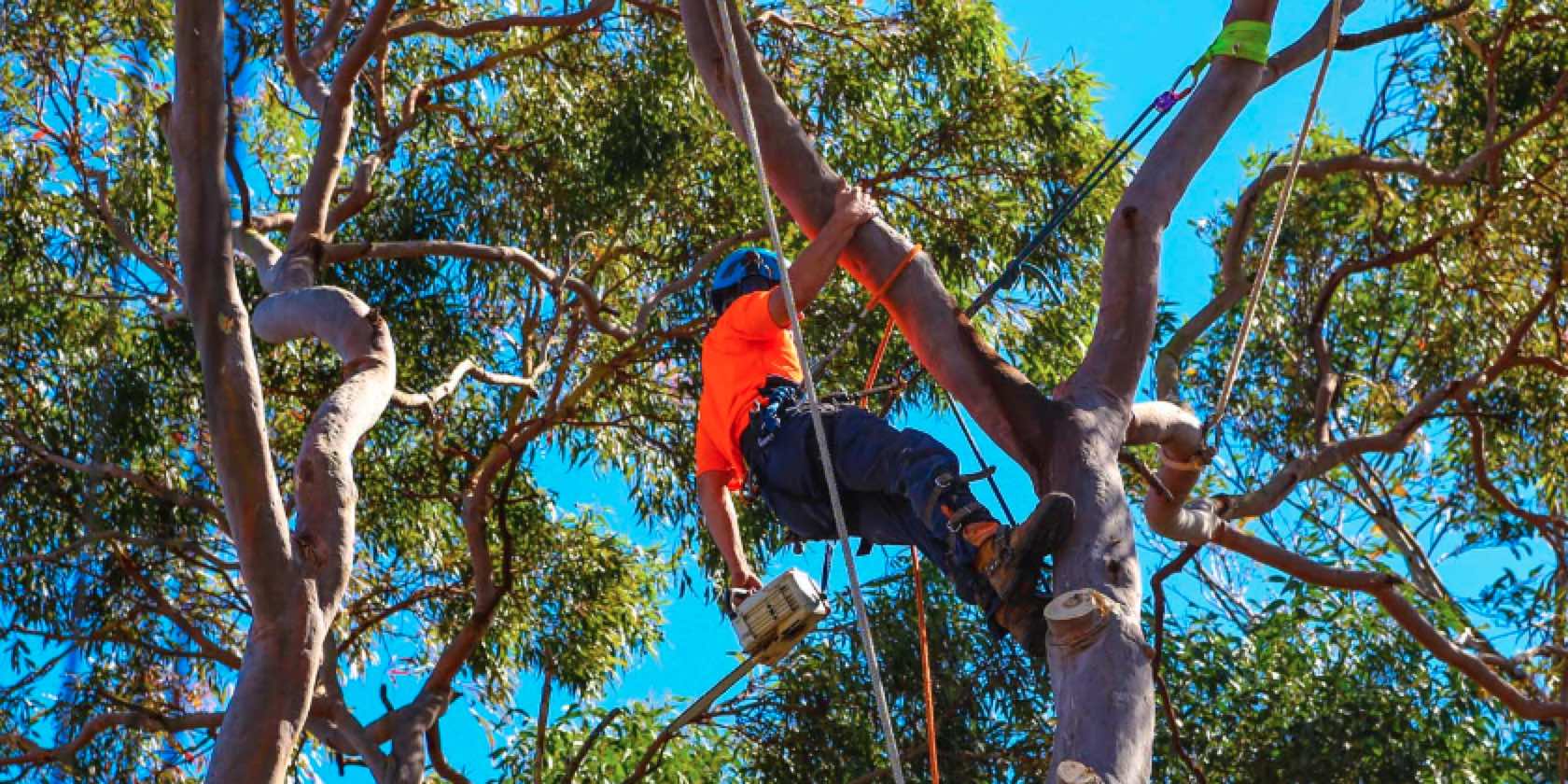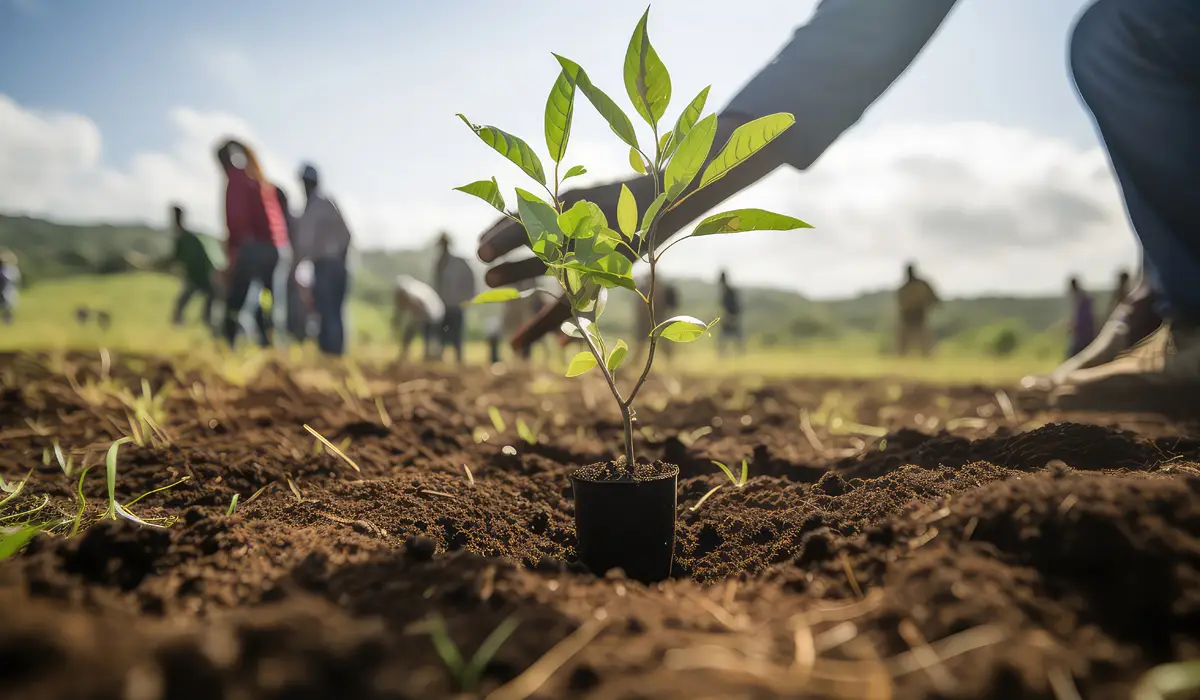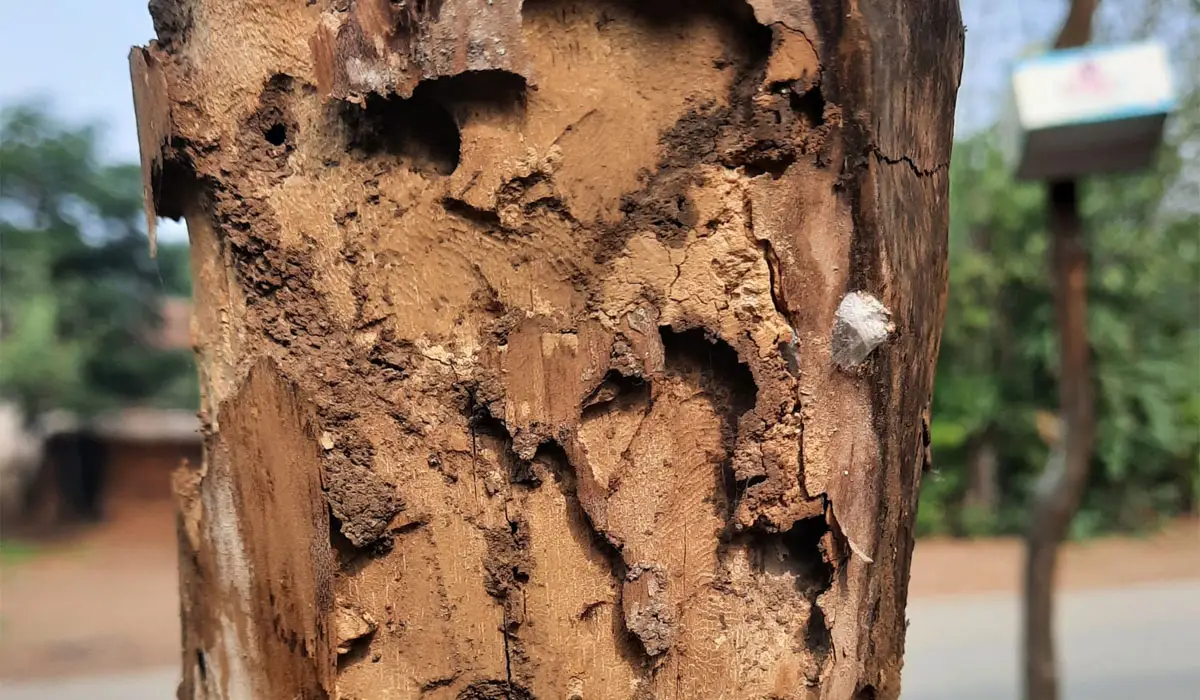
Expert Insights Into Tree Health Diagnostics
Understanding The Basic Principles Of Tree Health Diagnostics
Discover the detailed research of arboriculture, including tree disease prevention and diagnostics, with White Oak Tree Care. Our expertise goes beyond simple observation, going to proactive tree care and sustainable practices. Learn how our expert arborists can help you navigate the complexities of tree health, from recognizing subtle signs of stress to implementing effective preventive measures.
To learn more about our services, read customer reviews, and start growing a healthy landscape, visit our website. Call (630) 520-2690 for a quote and start improving your trees and the environment.
Recognizing Signs Of Tree Health Diagnostics
Learn about plant fading, bark damage, and decay as visual indicators of tree health issues. Take note of these signs early to prevent tree issues and maintain their health.
• Visual Symptoms Of Tree Stress
Trees, much like humans, exhibit visible signs of stress when they are not thriving. One of the most common visual indicators of tree stress is leaf discoloration and abnormalities. Leaves may turn yellow, brown, or even black, signaling nutrient deficiencies, water stress, or pest infestations.
1. Leaf Discoloration and Abnormalities: Abnormal leaf discoloration and abnormalities indicate tree health issues. When leaves are yellow, brown, or spotted, it often indicates nutrient deficiencies, water stress, or pest infestations. Curling edges, lesions, and holes can also indicate overall tree health issues. Experts can spot these issues early and treat them to revive the tree and prevent further damage by closely monitoring leaf condition and appearance.
- Bark Damage and Decay: Protecting trees from bark damage and decay requires careful observation and swift action. Pathogens and pests enter through cracks, splits, or peeling bark, weakening the tree and causing decay. Fungal growth or bark decay may indicate internal rot or disease, requiring thorough assessment and treatment. Arborists can reduce further damage and improve tree health by identifying and treating bark damage and decay early.
• Common Pest Infestations
Trees need careful monitoring and management to avoid pest damage. Different insects, such as leaf-chewing caterpillars and wood-boring beetles, threaten tree health. Powdery mildew and anthracnose can weaken trees, making them less resistant to environmental stressors. Arborists can prevent tree damage by identifying pest threats like leaf skeletonization, sap exudation, and canopy dieback. By using biological controls and selective pesticides, infestations can be managed with minimal environmental impact.
Utilizing Diagnostic Tools And Techniques
Tree health can be measured using soil testing and advanced technologies. Discover how these tools help arborists assess tree health and make informed decisions and proactive care plans.
• Soil Testing For Nutrient Deficiencies
Healthy soil is the foundation of a thriving ecosystem, providing essential nutrients and support for plant growth. Soil testing is a valuable tool in our arsenal for tree health diagnostics, allowing us to assess the nutrient levels and pH balance of the soil surrounding your trees. By analyzing soil samples, we can identify any nutrient deficiencies or imbalances that may be impeding the health and vitality of your trees.

• Tree Health Assessment
Tree inspections are comprehensive tests given by certified arborists to determine tree vitality and potential problems. Arborists use visual inspections and advanced diagnostics to identify stressors such as pests or diseases. Regular assessments enable proactive management, ensuring trees’ health and resilience.
- Visual Inspections by Certified Arborists: Certified arborists must inspect trees visually to assess health and identify issues. Arborists evaluate bark, foliage, and tree structure. They can detect stress, disease, and pests by inspecting these areas. Visual inspections help make informed decisions and manage trees.
- Advanced Diagnostic Technologies: Arborists can accurately assess tree health thanks to advanced diagnostic technologies. Resistograph drills and sonic tomography are tools for revealing internal structures and hidden issues such as decay. These technologies supplement visual inspections by informing proactive care strategies, ensuring that trees remain healthy and resilient.
Preventive Measures For Tree Diseases
Discover proactive tree care and professional tree pruning to protect your trees from disease. See how these preventive measures can strengthen your trees, reduce disease risk, and boost landscape health.
• Proper Tree Care Practices
When it comes to tree health, prevention is often the best cure, and following the right tree care methods is necessary to keep your trees healthy. To keep trees hydrated and strong, it’s important to water them enough, especially during droughts or extreme temperatures.
- Adequate Watering Techniques: Proper watering is essential for tree health, ensuring adequate hydration without waterlogging. By watering deeply and infrequently, roots are encouraged to grow deeper, promoting overall tree resilience and drought tolerance.
2. Effective Mulching Strategies: Mulching helps retain soil moisture, suppress weeds, and regulate soil temperature, creating optimal growing conditions for trees. When applied correctly, mulch also enhances soil fertility and encourages beneficial microbial activity, promoting tree health and vigor.
- Optimal Soil Management: Soil management involves maintaining proper soil pH, texture, and structure to support tree growth and vitality. By conducting soil tests and amending as needed, arborists can ensure that trees have access to essential nutrients and minerals, fostering healthy root development and overall tree health.
• Professional Tree Pruning
Regular professional tree pruning is another key component of preventive tree care. Pruning not only enhances the aesthetic appeal of trees but also promotes structural integrity and reduces the risk of disease. Removing dead or diseased branches helps to prevent the spread of pathogens, while also improving air circulation and sunlight penetration throughout the canopy.

Integrated Pest Management Strategies
IPM strategies for tree care offer holistic pest control. Learn how biological, cultural, and chemical control methods in IPM manage pest populations while protecting tree health and the environment.
• Understanding IPM Principles
To control pests while minimizing environmental impact, you must understand IPM. IPM integrates biological control, cultural practices, and chemical interventions as a last resort. In IPM, prevention and monitoring are prioritized to reduce pest populations while protecting beneficial organisms and the environment. it principles help arborists identify pest threats, assess risks, and implement situation-specific control measures.
• Chemical Treatments As A Last Resort
Chemical treatments are used as a last resort in tree care when other methods fail or immediate action is needed to prevent severe damage. Chemical treatments control pests and diseases, but they are used sparingly to protect trees, wildlife, and ecosystems. Before recommending chemical treatments, arborists assess the problem’s severity, tree species, location, and risks. Arborists promote sustainable tree care while addressing tree health issues by prioritizing alternative methods and using chemicals sparingly.
Partnering With Certified Arborists For Tree Health Maintenance
Learn the benefits of hiring certified arborists for tree health maintenance. With industry-leading knowledge and professionalism, get specialized expertise and tailored care plans to keep your trees healthy and strong.
• Importance Of Hiring Qualified Professionals
Tree health and safety depend on hiring qualified tree care professionals. Certified arborists have the skills, training, and experience to accurately assess and manage tree health. By hiring professionals for tree care, you can rest assured that proper techniques and industry best practices will be used, minimizing damage and injury. Certified arborists have specialized equipment and resources to safely and efficiently care for trees. Working with qualified professionals for routine maintenance, tree health assessments, or emergency services ensures that your trees receive the best care and stay healthy.
• Collaborative Tree Care Plans
Working with certified arborists to create customized tree care plans for your trees and landscape is collaborative tree care. Collaboration and knowledge sharing ensure that collaborative tree care plans cover all aspects of tree health and maintenance. Arborists work with clients to evaluate tree conditions, prioritize care, and set realistic goals. From routine maintenance to specialized treatments, collaborative tree care plans optimize tree health, longevity, and aesthetic appeal while meeting each client and property’s unique needs.
As a leading provider of tree care services, White Oak Tree Care is committed to assisting you in maintaining the health and beauty of your landscape. From tree health diagnostics to professional tree pruning, we provide a full range of solutions to meet your requirements. Visit our website for more information on our services and to request a quote. Let us work with you to create a landscape that will grow for generations to come. To get started, call (630) 520-2690 or come visit us today.





 Powered by
Powered by